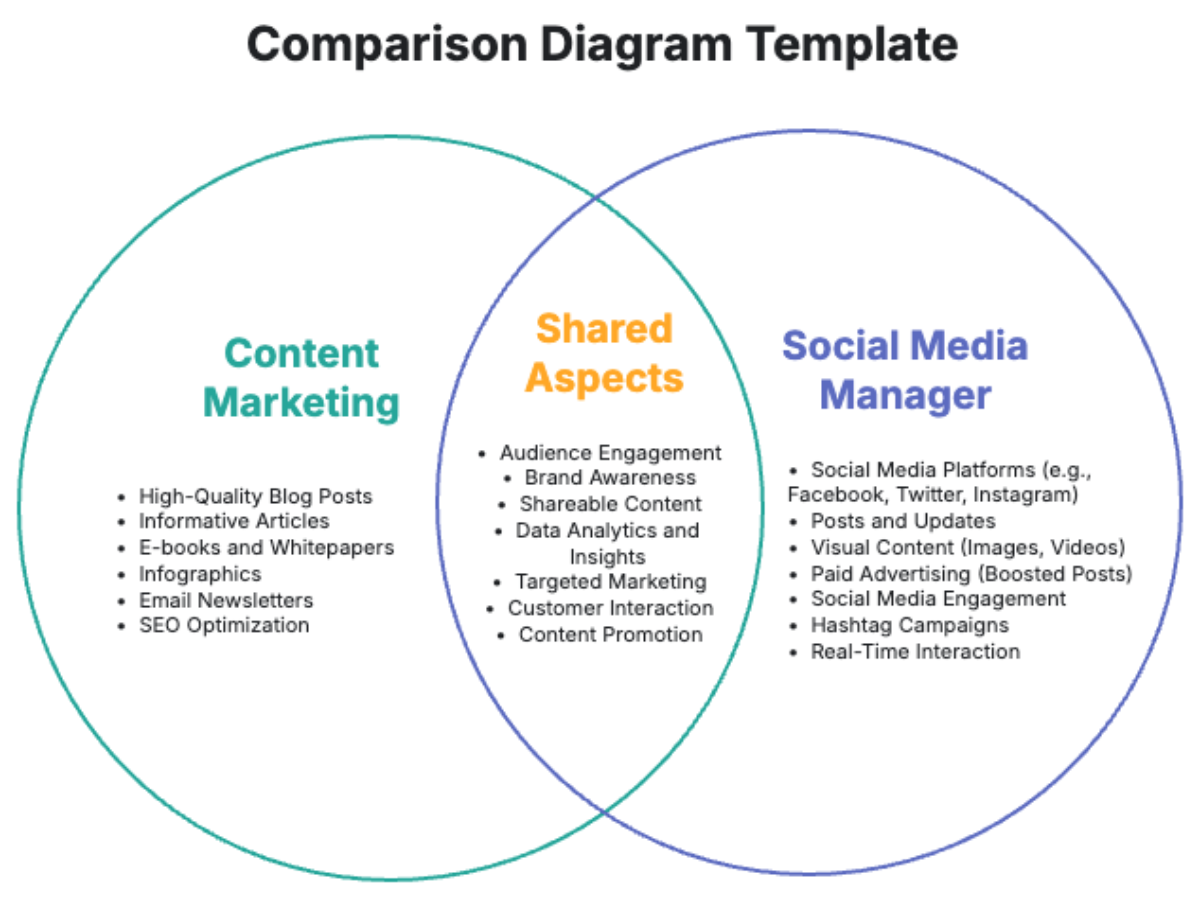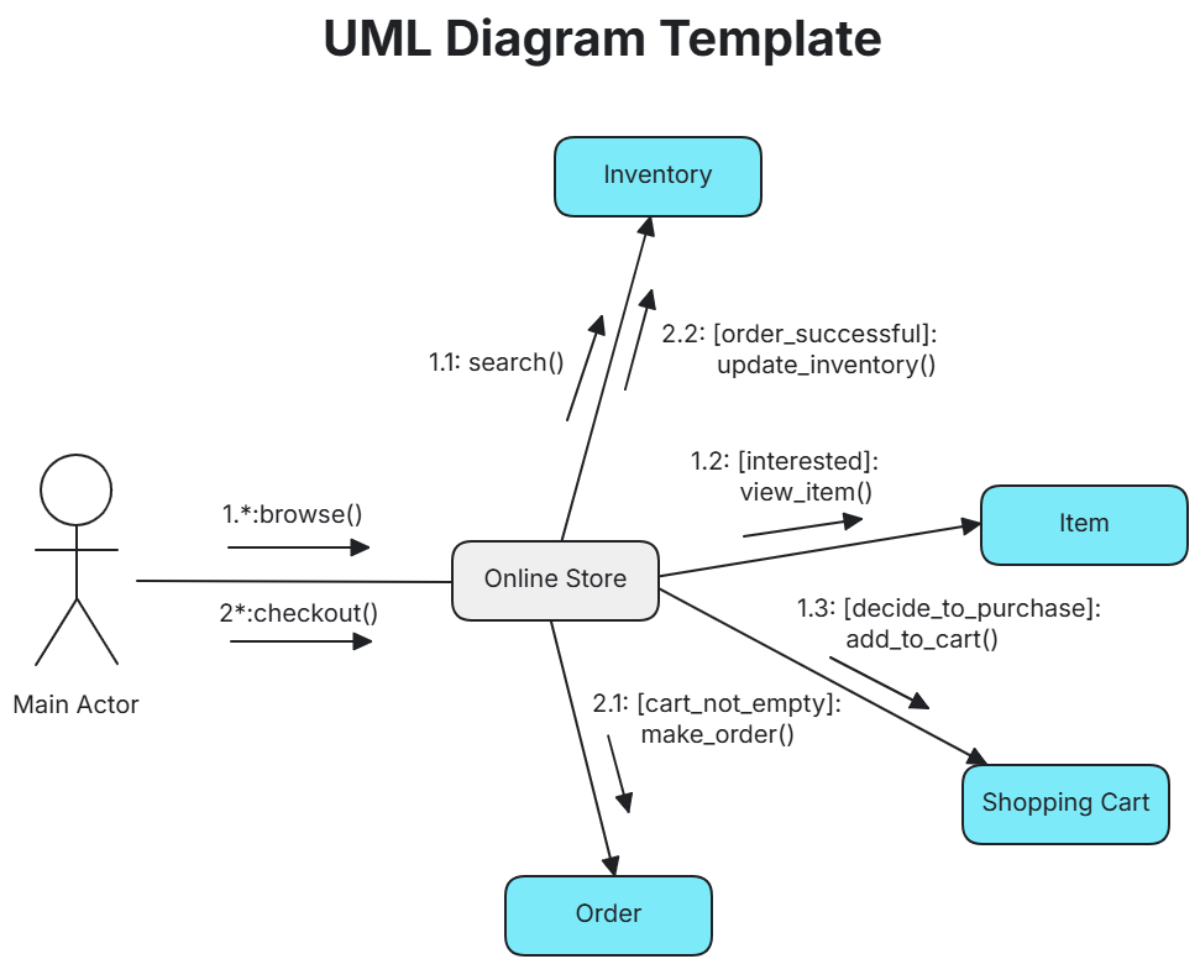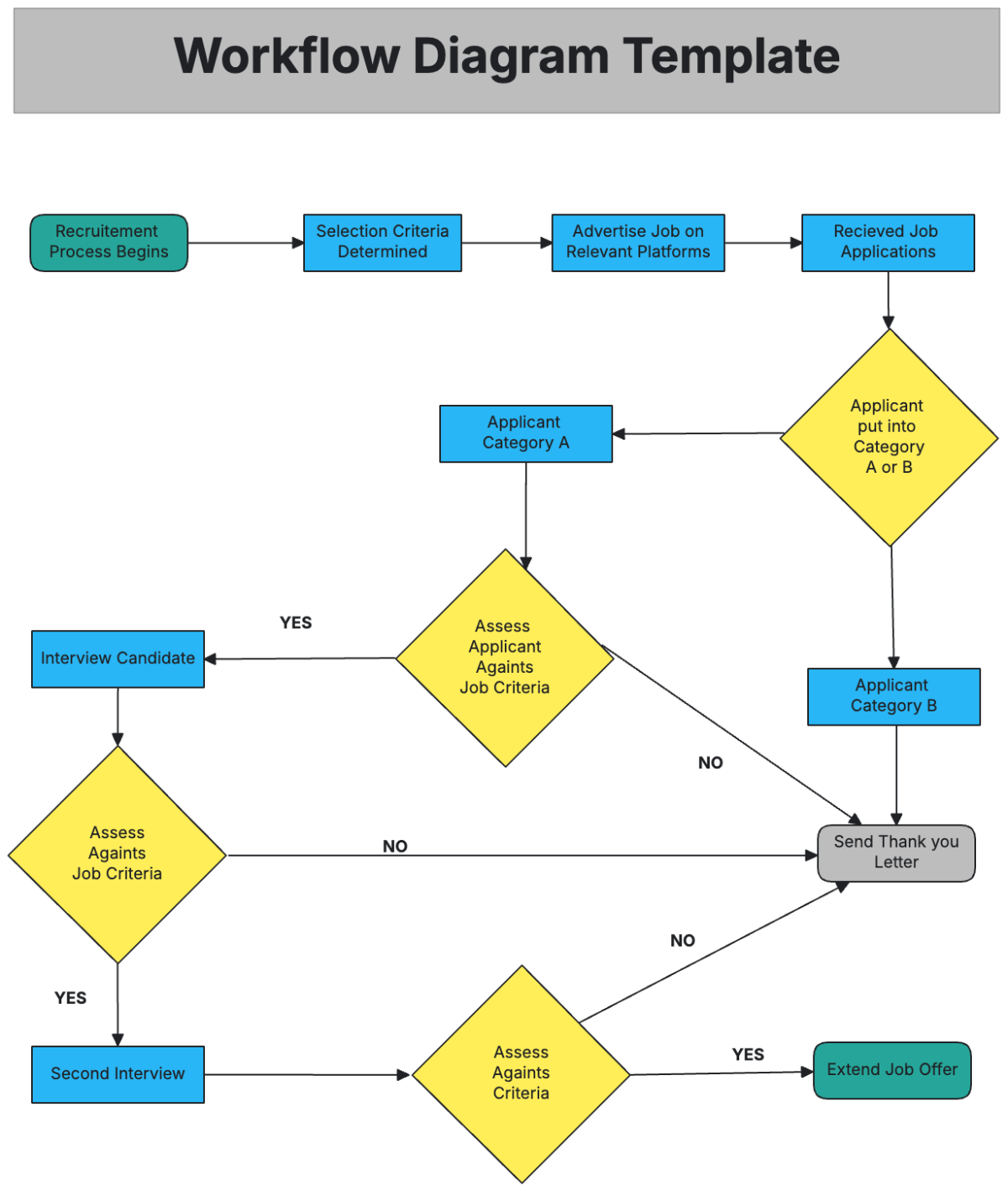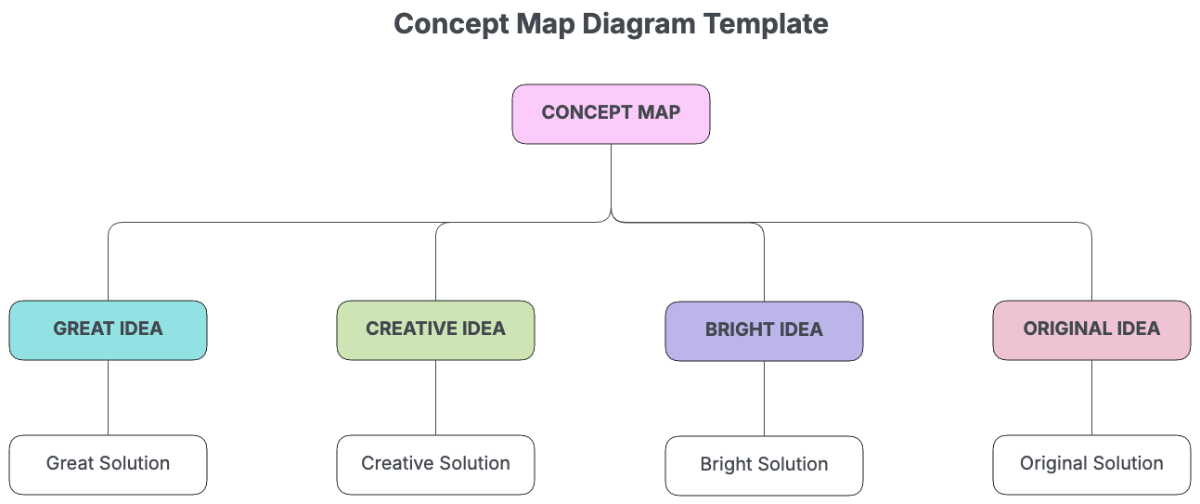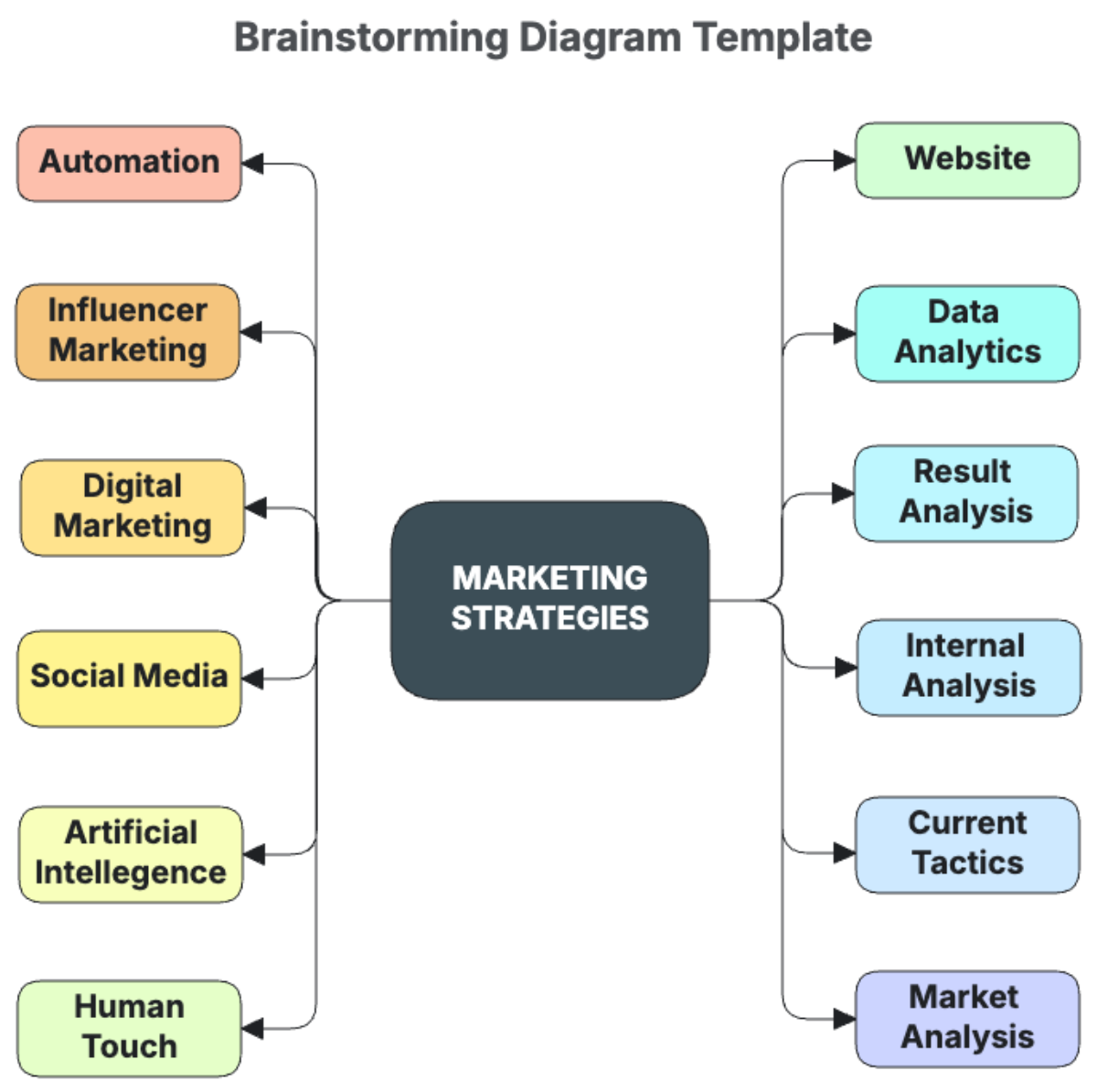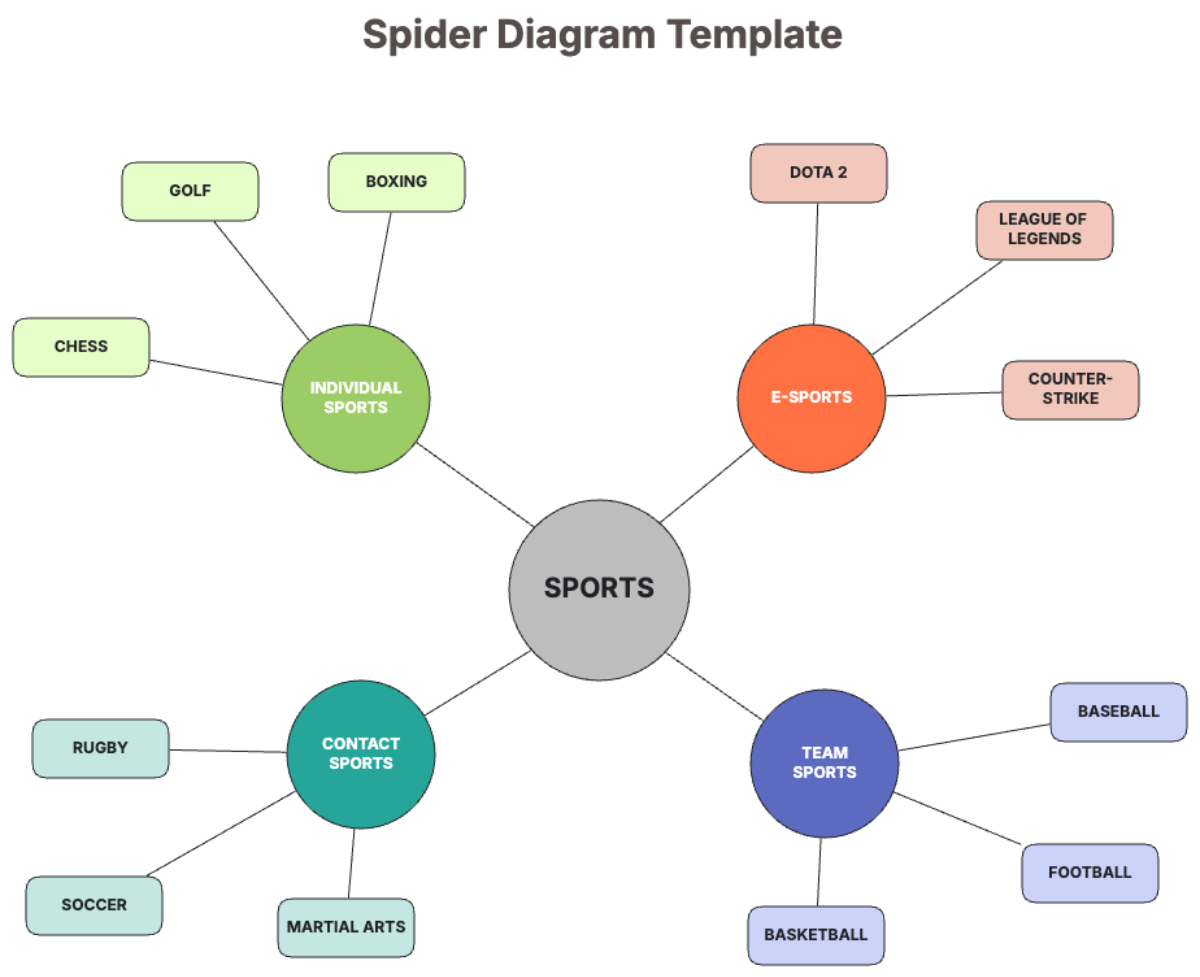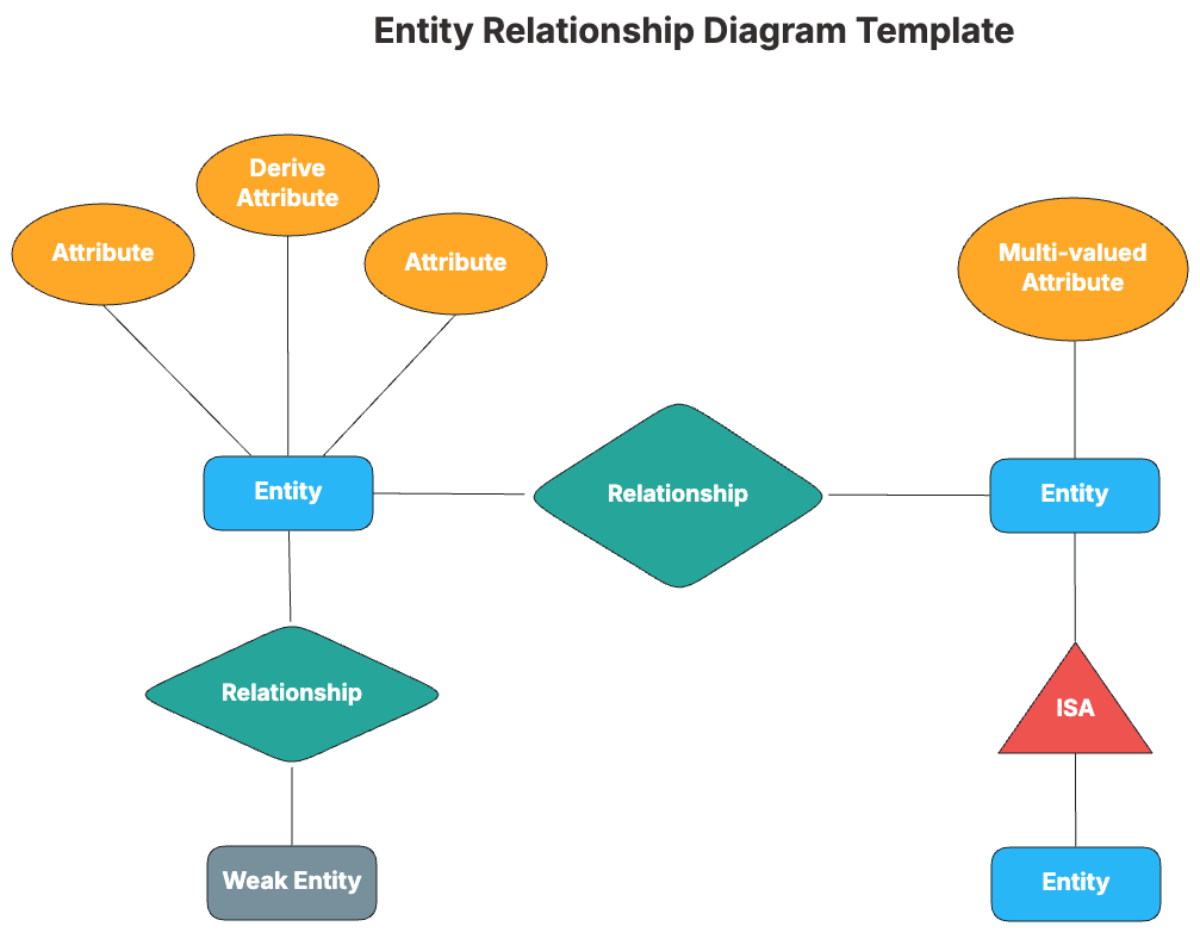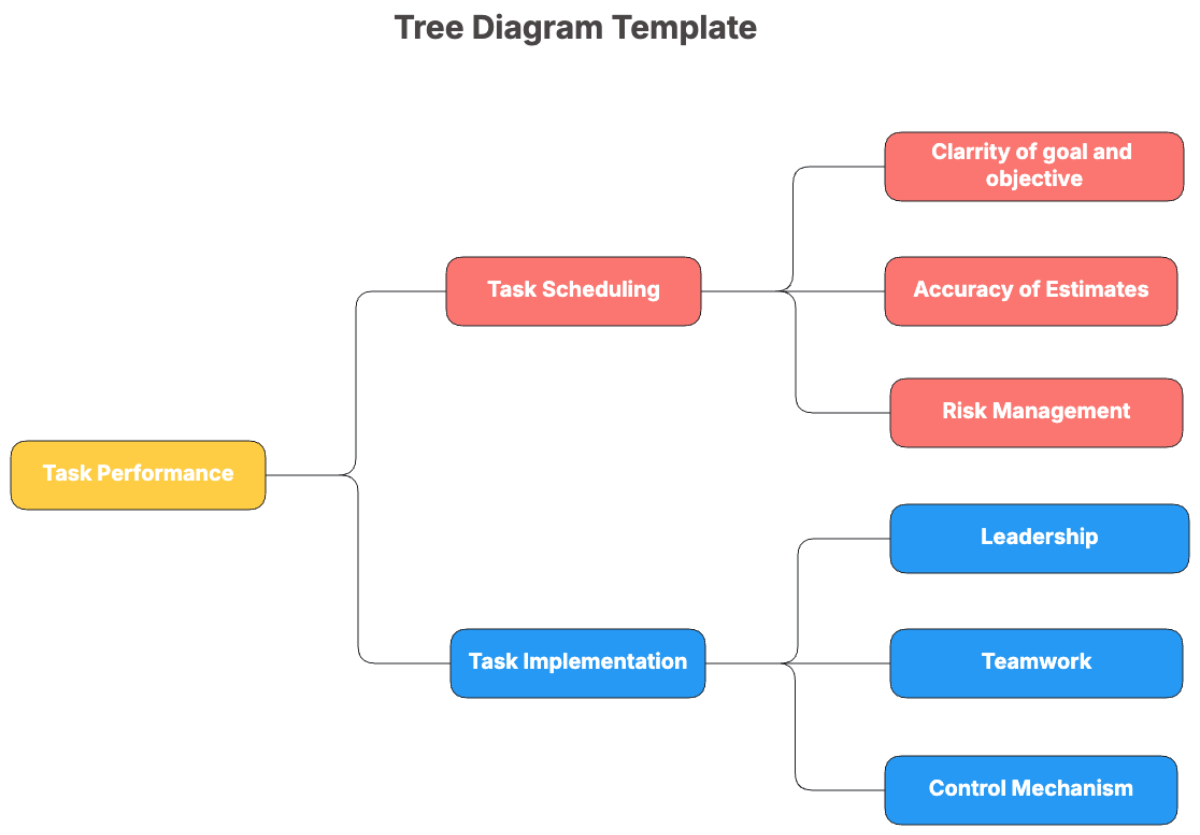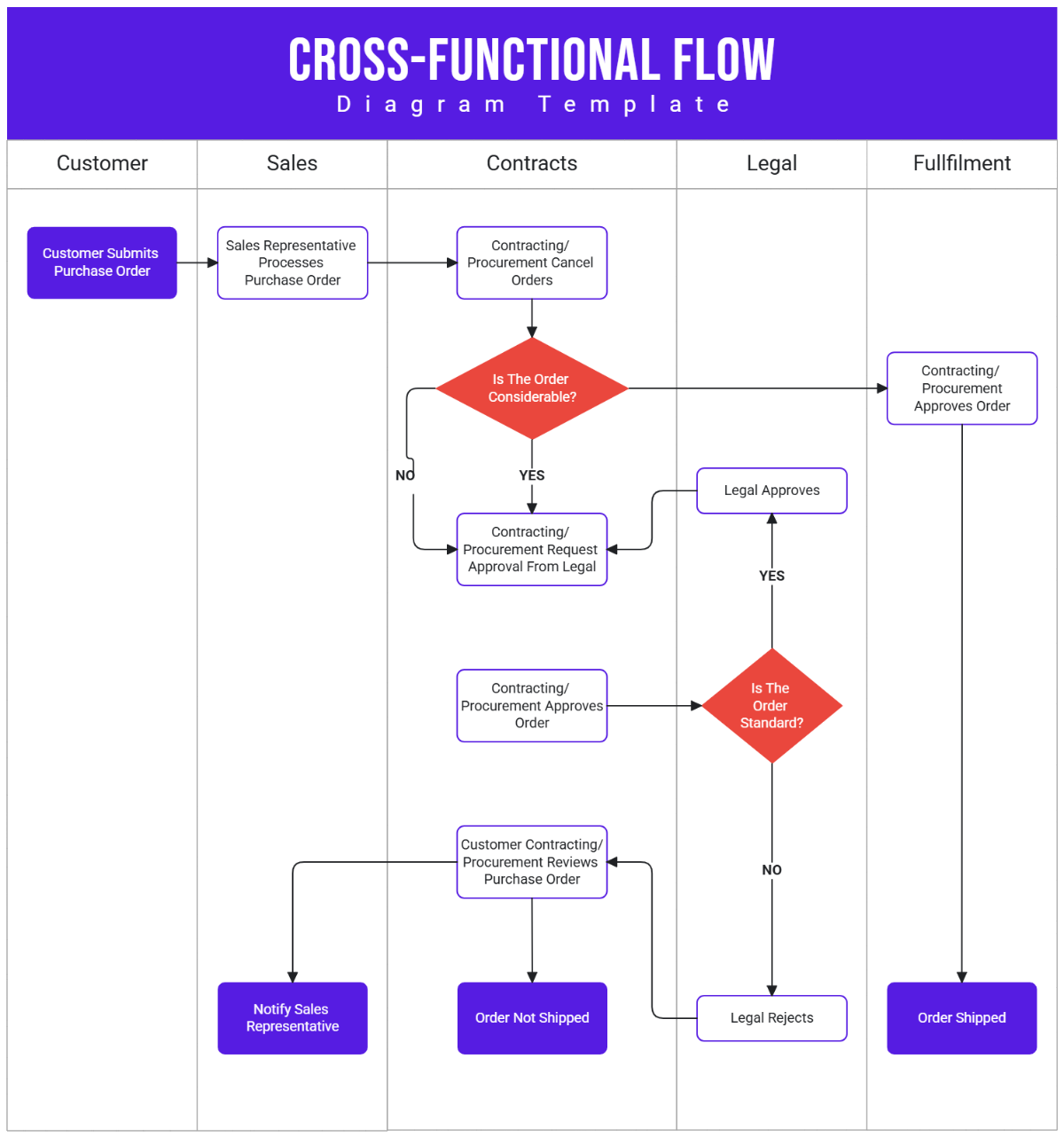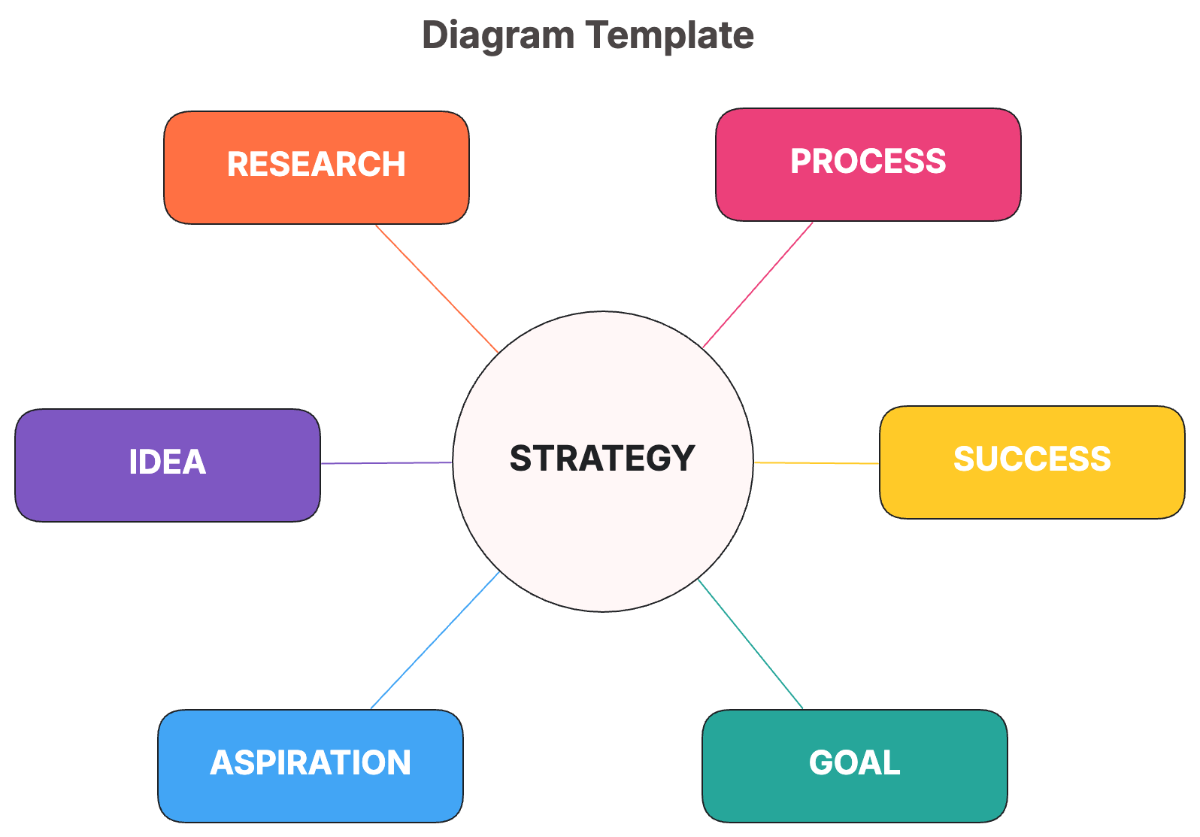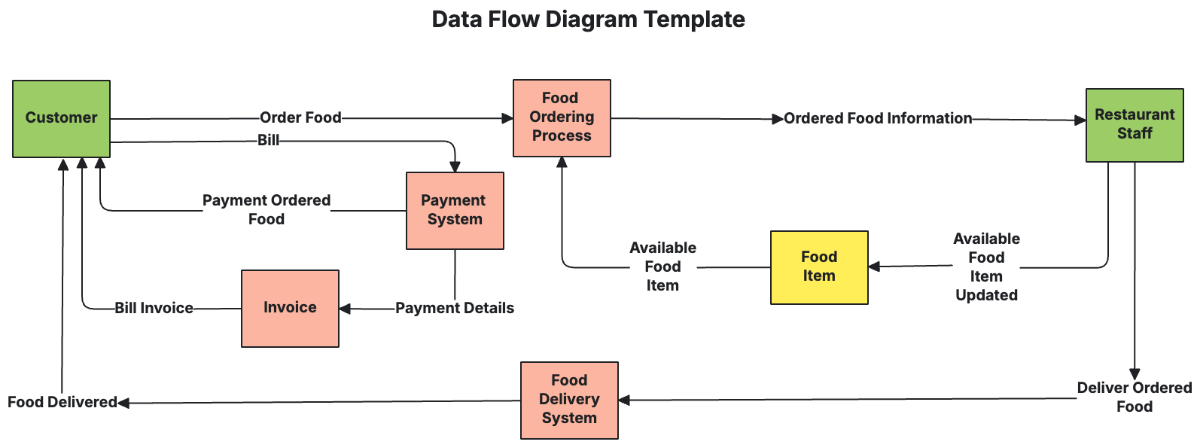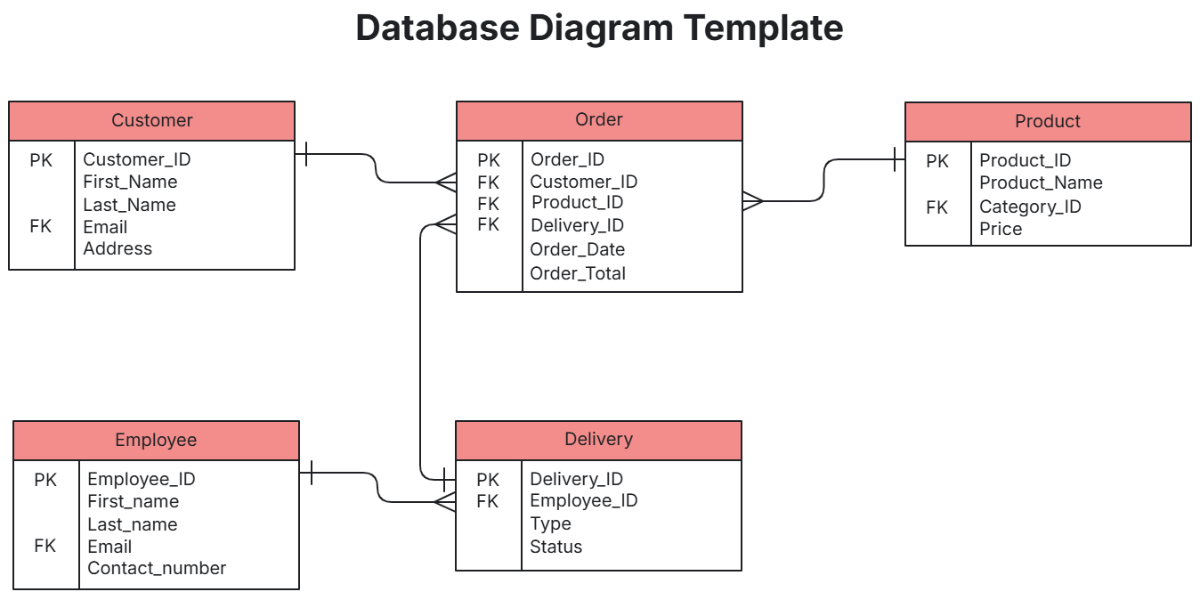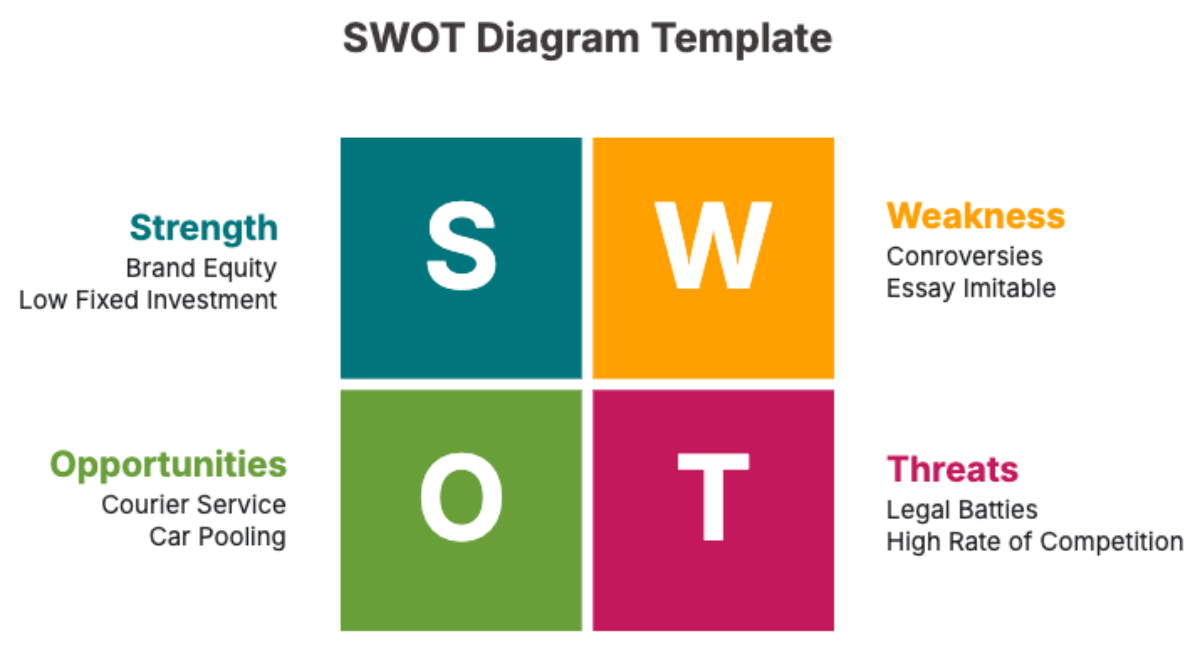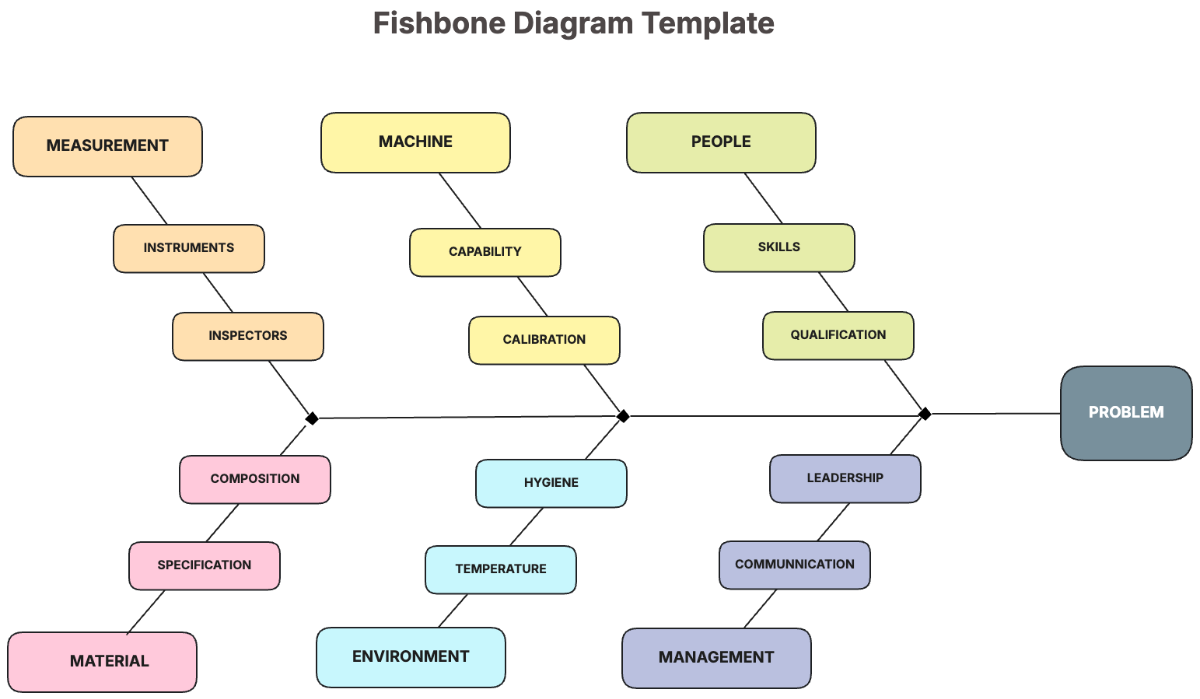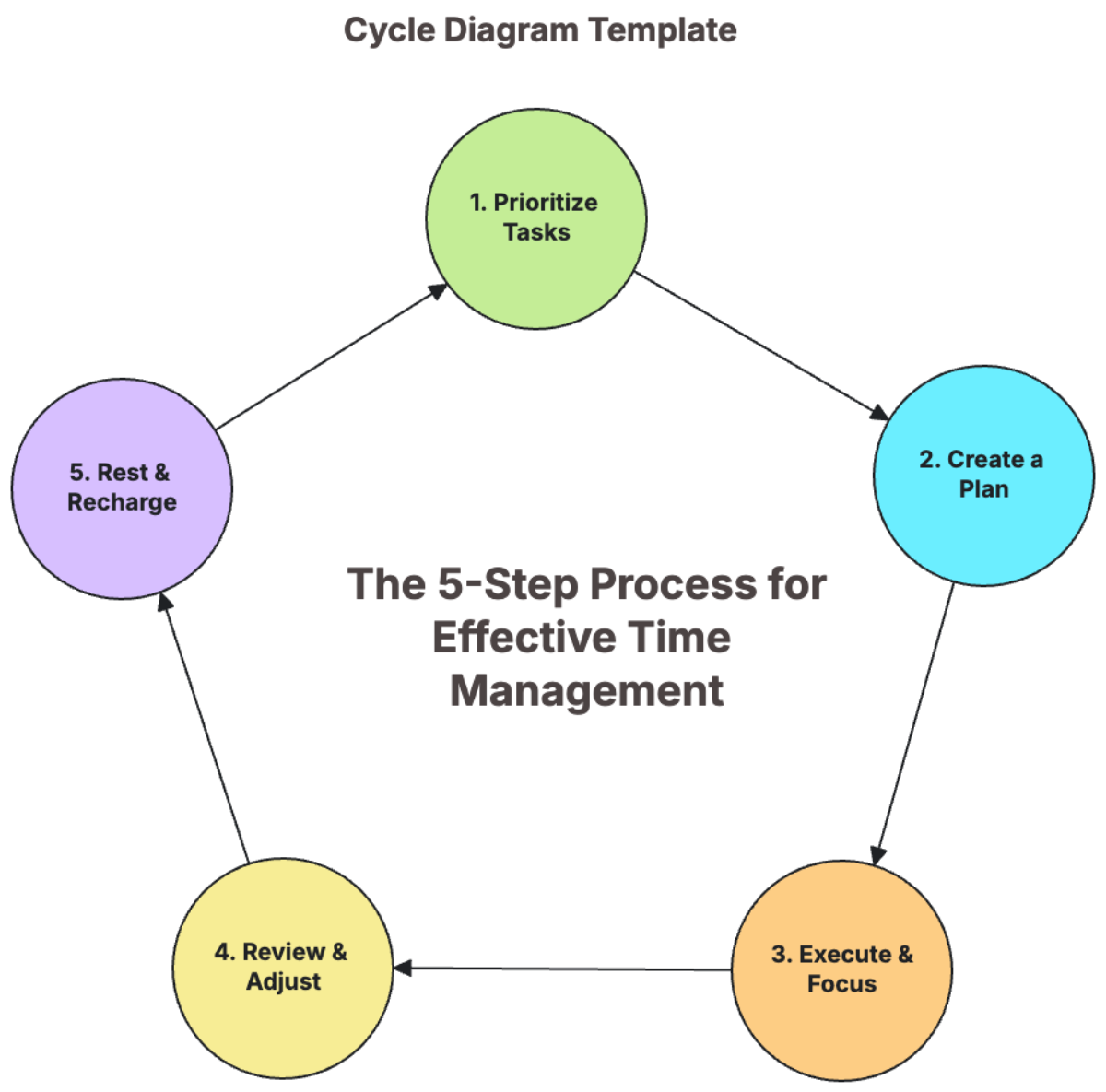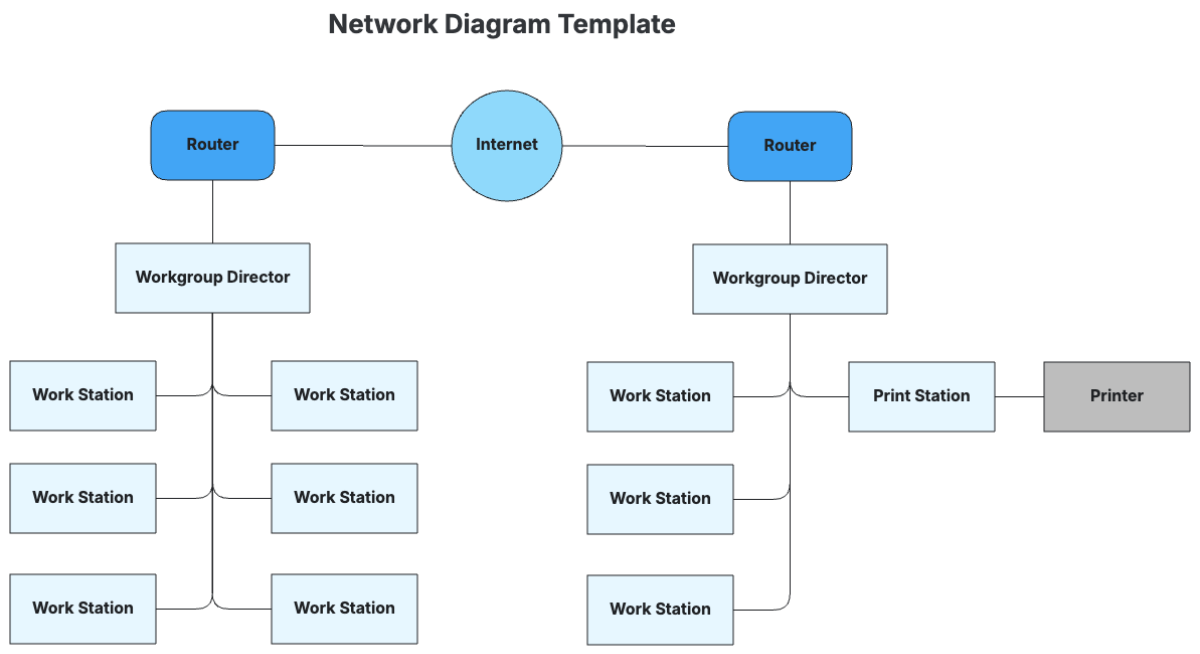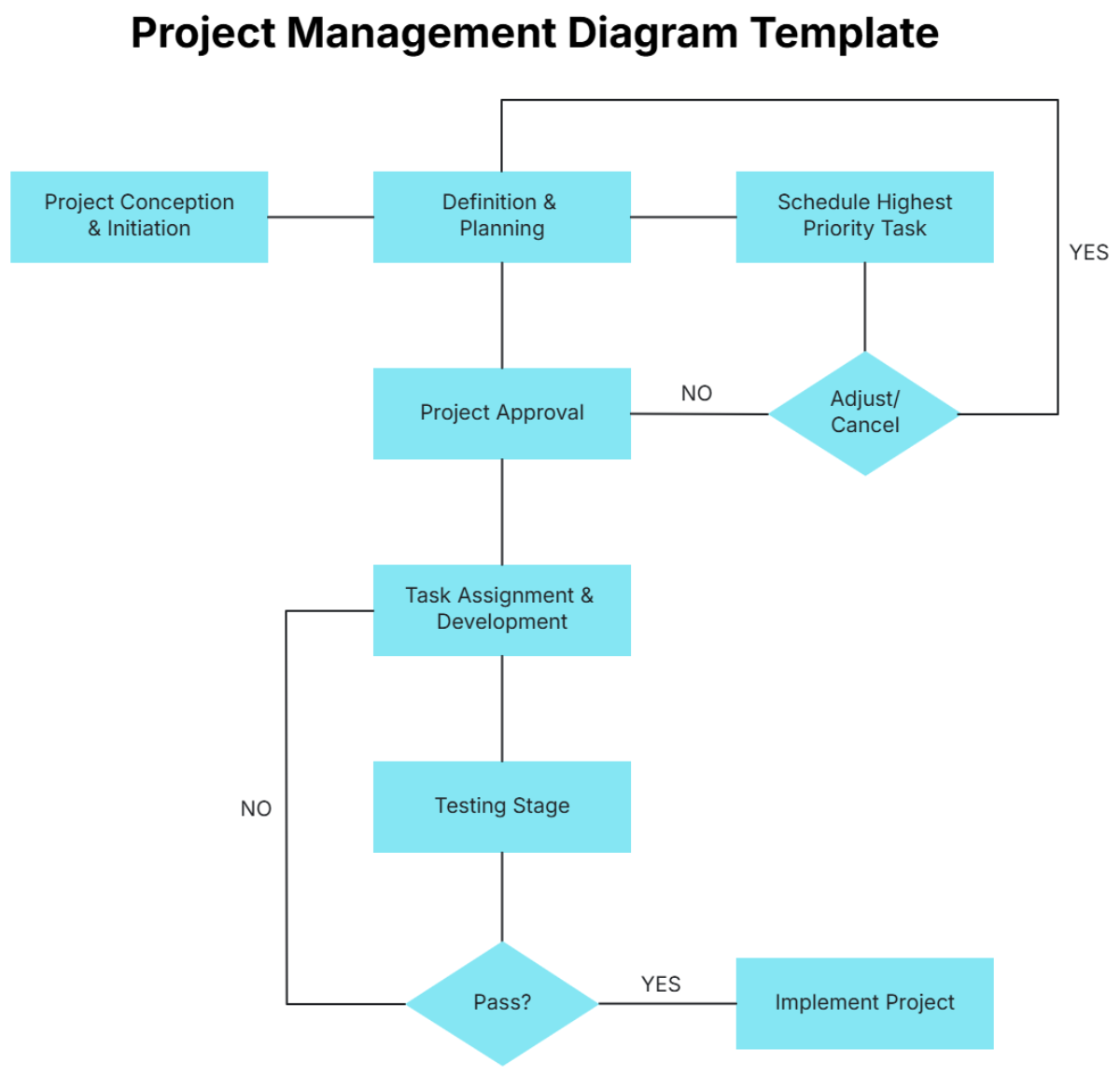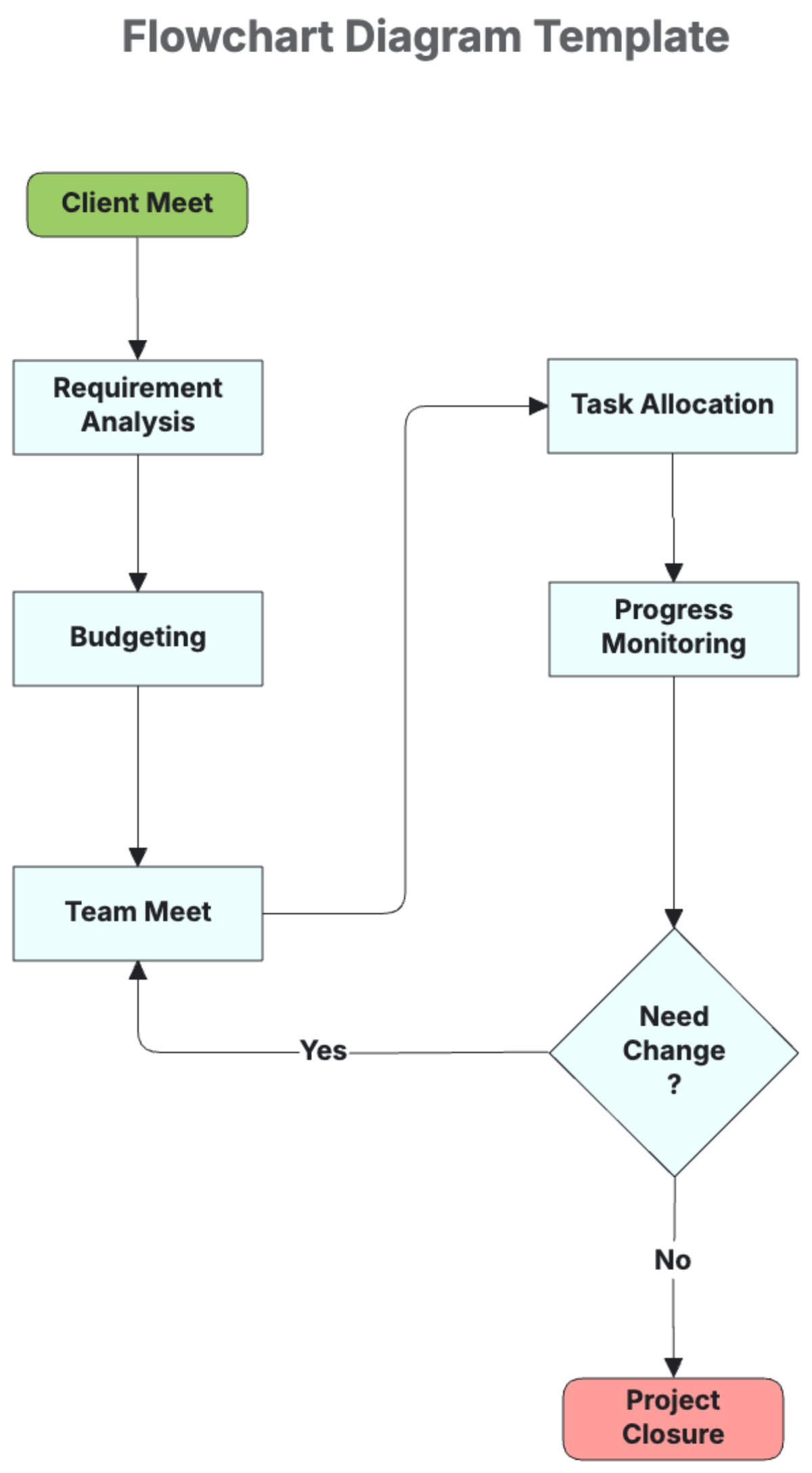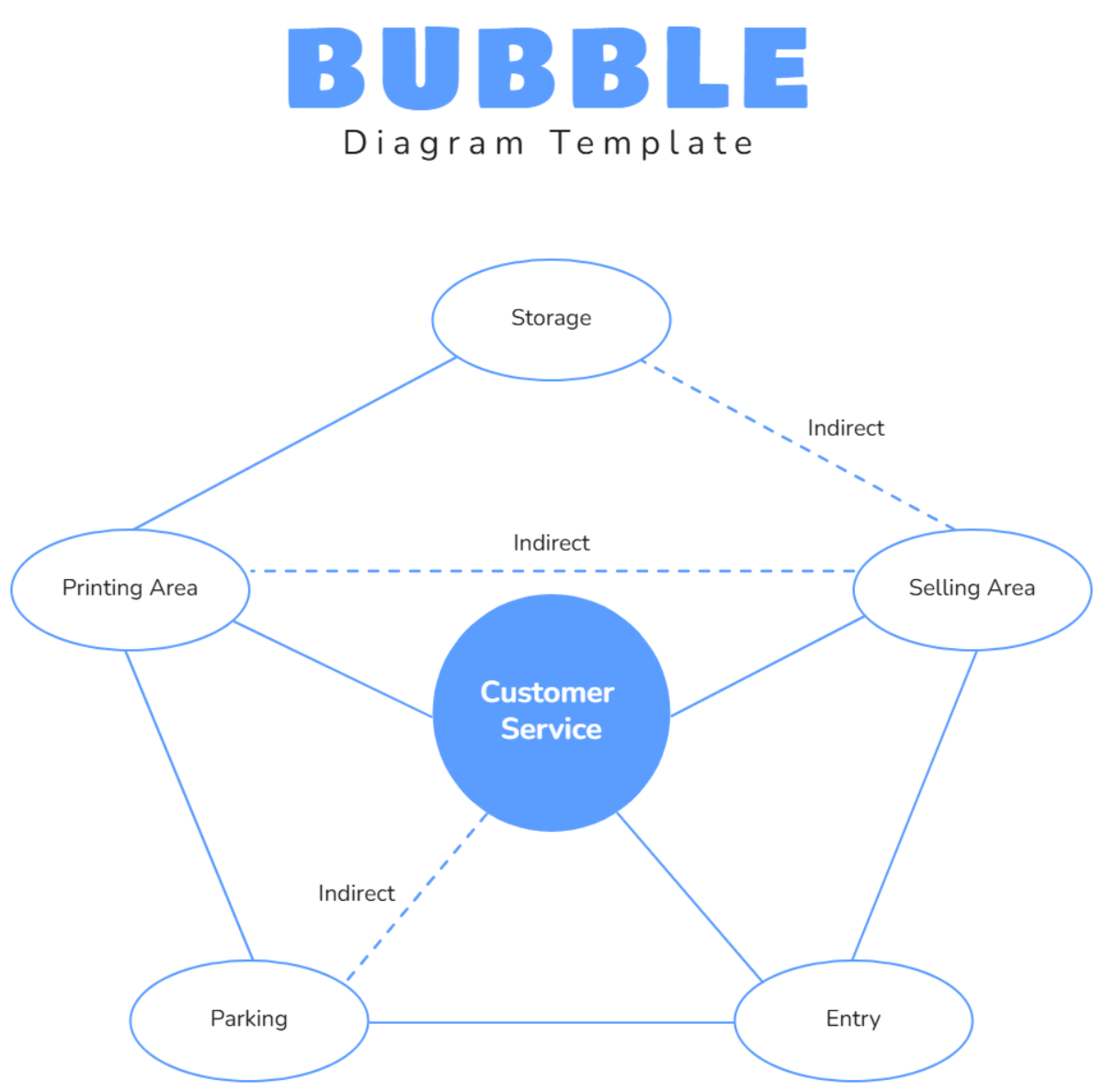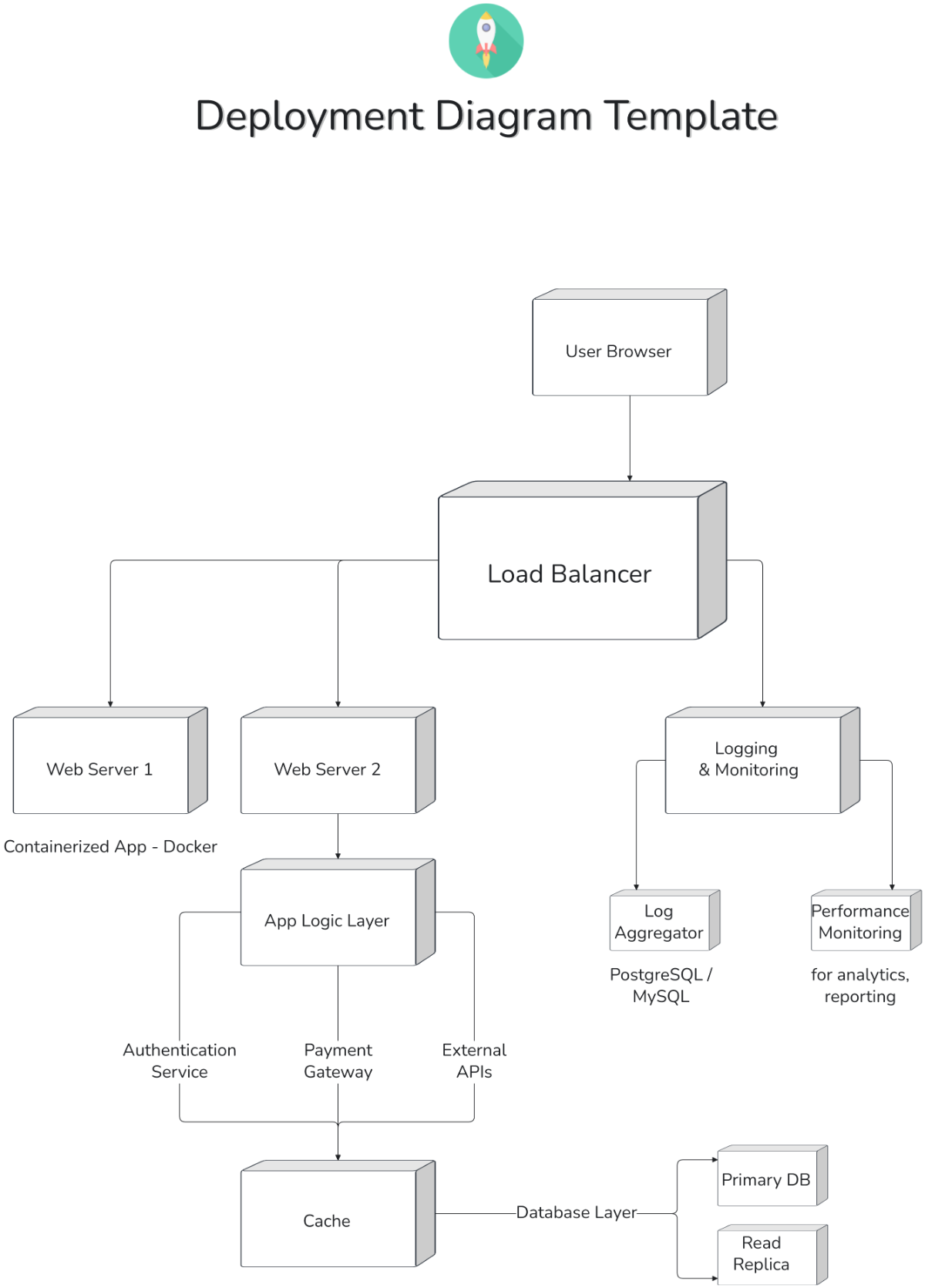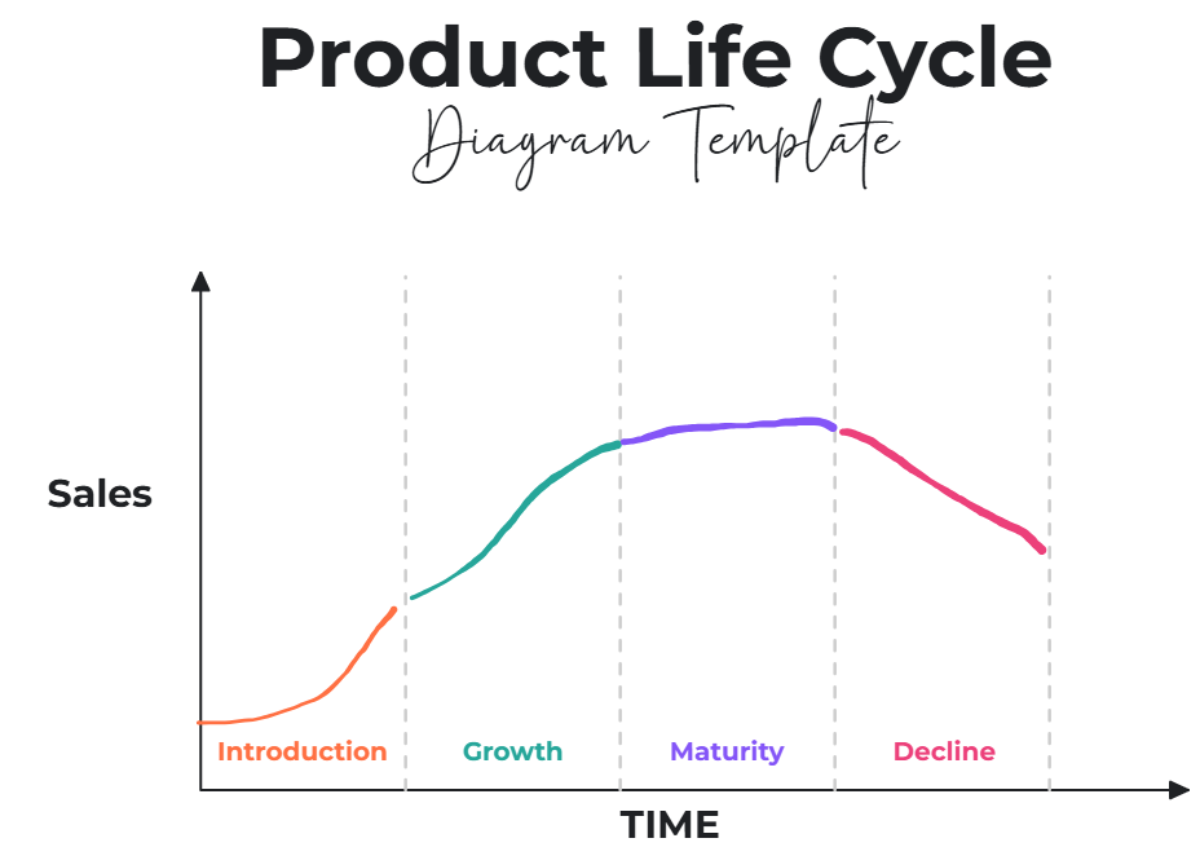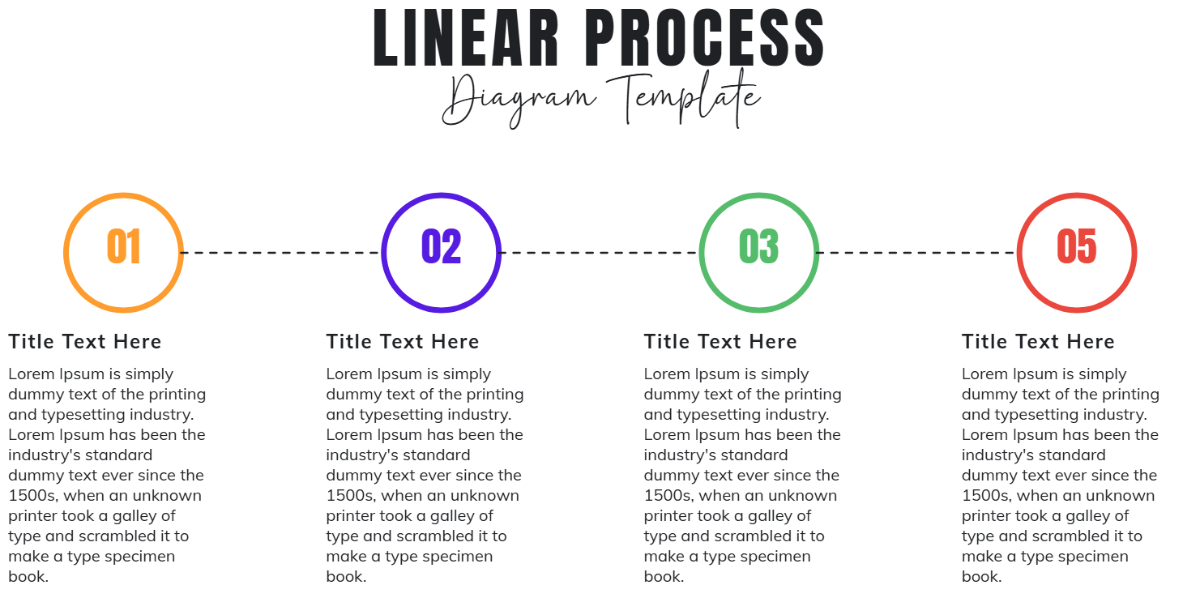Framework Diagram Qualitative Research
Prepared By: [Your Name]
I. Research Problem/Question
Research Question: "How does remote work impact team collaboration in tech startups, specifically in terms of communication, cohesion, and productivity?"
Objective: To critically explore the complex dynamics of remote work and its effects on team collaboration within fast-paced, innovation-driven startup environments, with a focus on identifying both challenges and potential solutions.
II. Literature Review
Key Themes
Remote Work Trends: Examination of the accelerating adoption of remote work in the tech sector, driven by factors like the COVID-19 pandemic and the increasing digitalization of work.
Challenges in Remote Collaboration: In-depth analysis of difficulties faced in maintaining effective communication, coordination, and trust when teams are geographically dispersed.
Team Dynamics and Collaboration Models: Review of existing models explaining team dynamics in startups, including the interplay between team cohesion, innovation, and the speed of decision-making in remote settings.
Gap Identified
Existing research provides a broad understanding of remote work but lacks a focused exploration of its impact on the close-knit, high-pressure environments typical of tech startups, where collaboration is critical for success.
III. Theoretical Framework
Social Exchange Theory
Focus: Analyzes how remote work alters team dynamics, particularly the balance of reciprocity, trust, and support among team members, which are essential for sustained collaboration in startups.
Media Richness Theory
Focus: Assesses the adequacy of various communication tools used in remote settings, with an emphasis on their ability to convey complex information and foster effective collaboration.
Team Cohesion Model
Focus: Investigates the impact of physical and psychological distance on team cohesion, particularly in startups where close-knit teams are often key to rapid innovation and success.
IV. Methodology
Research Design
Qualitative Case Study: Utilizes a multiple case study approach, focusing on three tech startups with varying levels of remote work implementation (fully remote, hybrid, and office-based) to gain comparative insights into the impact on team collaboration.
Sampling:
Purposive Sampling: Carefully selects startups based on their remote work practices, industry sector, and team size, ensuring a representative cross-section of the tech startup ecosystem.
Data Collection Methods
Semi-Structured Interviews: Conducted with key stakeholders (team members, leaders, HR managers) to gather in-depth perspectives on remote work’s impact on collaboration.
Focus Groups: Facilitates discussions with cross-functional teams to explore collective experiences and the nuances of remote collaboration.
Observational Notes: Records real-time interactions during virtual meetings to capture the dynamics of remote teamwork, focusing on communication patterns, decision-making processes, and team engagement.
Data Analysis
Thematic Analysis: Systematically codes and categorizes qualitative data to uncover recurring themes and deeper insights.
NVivo Software: Employed to organize, code, and analyze the extensive qualitative data, ensuring rigor and transparency in the research process.
V. Data Collection
Timeline
Month 1: Semi-structured interviews with team leads and HR managers.
Month 2: Focus groups with cross-functional teams.
Month 3: Observation and recording of virtual meetings.
Tools Used
Zoom: For conducting virtual interviews and focus groups, with a focus on capturing non-verbal cues and participant interaction.
NVivo: For transcription, coding, and detailed analysis of qualitative data.
VI. Data Analysis
Coding Process
Initial Coding: Break down the interview and focus group data into discrete units of meaning, identifying key concepts and issues.
Axial Coding: Connects initial codes to form broader categories, revealing patterns and relationships among the data.
Category Development
Communication Challenges: Identifies specific issues such as the lack of non-verbal cues, time zone differences, and the limitations of digital communication.
Team Bonding: Explores how remote work affects interpersonal relationships, trust, and the sense of team unity.
Productivity: Analyzes the dual-edged impact of remote work on individual and team productivity, balancing flexibility with the potential for distraction and disengagement.
Theme Identification
Theme 1: Reduced Informal Communication - The absence of casual, spontaneous interactions, which are crucial for building rapport and team cohesion.
Theme 2: Increased Autonomy - Greater independence in work tasks, but often at the cost of isolation and reduced team spirit.
Theme 3: Communication Tools and Their Limitations - While digital tools are necessary, they fall short of replicating the full spectrum of in-person communication.
VII. Findings
Theme 1: Reduced Informal Communication:
Impact: A significant reduction in casual interactions that traditionally foster strong social bonds and team cohesion, leading to potential disconnects within teams.
Theme 2: Increased Autonomy:
Impact: While remote work allows for greater flexibility and independence, it can also lead to feelings of isolation, particularly in the fast-paced, collaborative environment of tech startups.
Theme 3: Communication Tools and Their Limitations:
Impact: Reliance on tools like Slack and Zoom introduces challenges, including misinterpretations, reduced personal connection, and difficulties in maintaining the same level of engagement as in-person interactions.
VIII. Discussion
Interpretation:
Summary: The study highlights the complex and often paradoxical nature of remote work in tech startups. While it offers increased autonomy and flexibility, it also undermines key elements of team cohesion and effective communication.
Implications: The findings suggest a need for startups to carefully balance remote work with in-person interactions, potentially through hybrid models that leverage the strengths of both approaches.
Comparison to Literature:
Alignment with Media Richness Theory: The study reinforces the idea that digital tools, while useful, are less effective than face-to-face communication in conveying rich, complex information.
Contribution to Social Exchange Theory: The research adds to this theory by demonstrating how remote work changes the nature of reciprocity and support within teams, potentially disrupting traditional team dynamics.
Implications for Practice:
Hybrid Work Models: Startups should consider hybrid models that combine the benefits of remote work with opportunities for in-person collaboration to foster team cohesion and innovation.
Enhanced Communication Protocols: Clear, structured communication protocols and regular virtual team-building activities can help mitigate some of the challenges identified in the study.
IX. Conclusion
Summary: The research concludes that remote work has a profound impact on team collaboration in tech startups, particularly in terms of communication, cohesion, and productivity. While offering benefits such as increased autonomy, it also presents significant challenges that need to be carefully managed.
Recommendations:
Hybrid Work Models: Adopt hybrid work models that strike a balance between remote work flexibility and the need for face-to-face interaction.
Structured Communication: Implement structured communication protocols to ensure clarity and reduce the risk of misunderstandings.
Team-Building Activities: Invest in regular virtual team-building activities to maintain strong social bonds and team cohesion.
Future Research:
Long-Term Effects: Future studies should investigate the long-term effects of remote work on team innovation and the overall culture of tech startups.
Strategies for Success: Further research should explore effective strategies and best practices for overcoming the challenges associated with remote collaboration in startup environments.
X. References/Appendices
References
Comprehensive citations of all sources used in the study, following academic citation standards (e.g., "Smith, J. (2020). The Impact of Remote Work on Team Dynamics. Journal of Business Research, 45(3), 567-580").
Appendices
Supplemental materials including interview guides, coding frameworks, observational protocols, and additional data that support the research findings.
